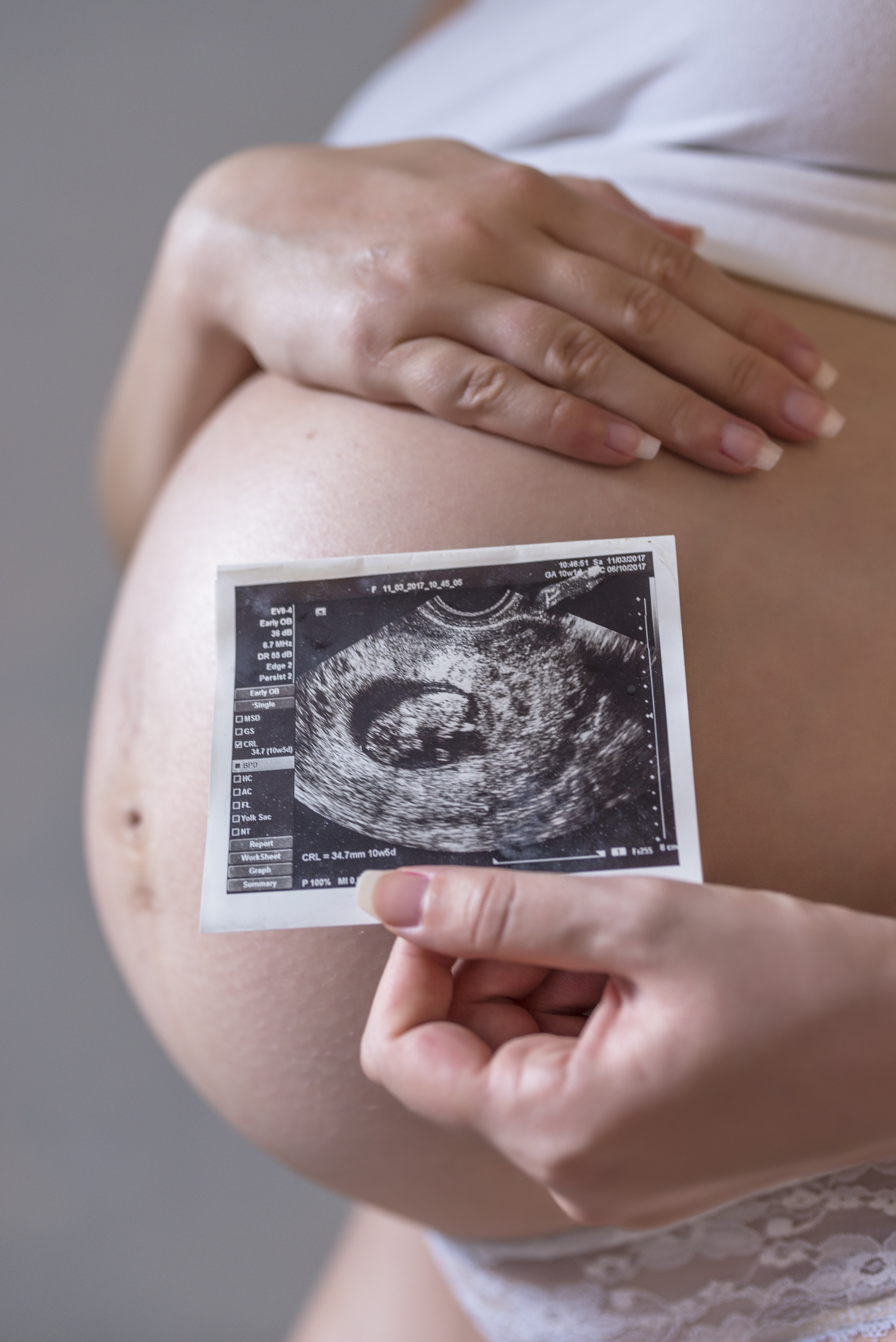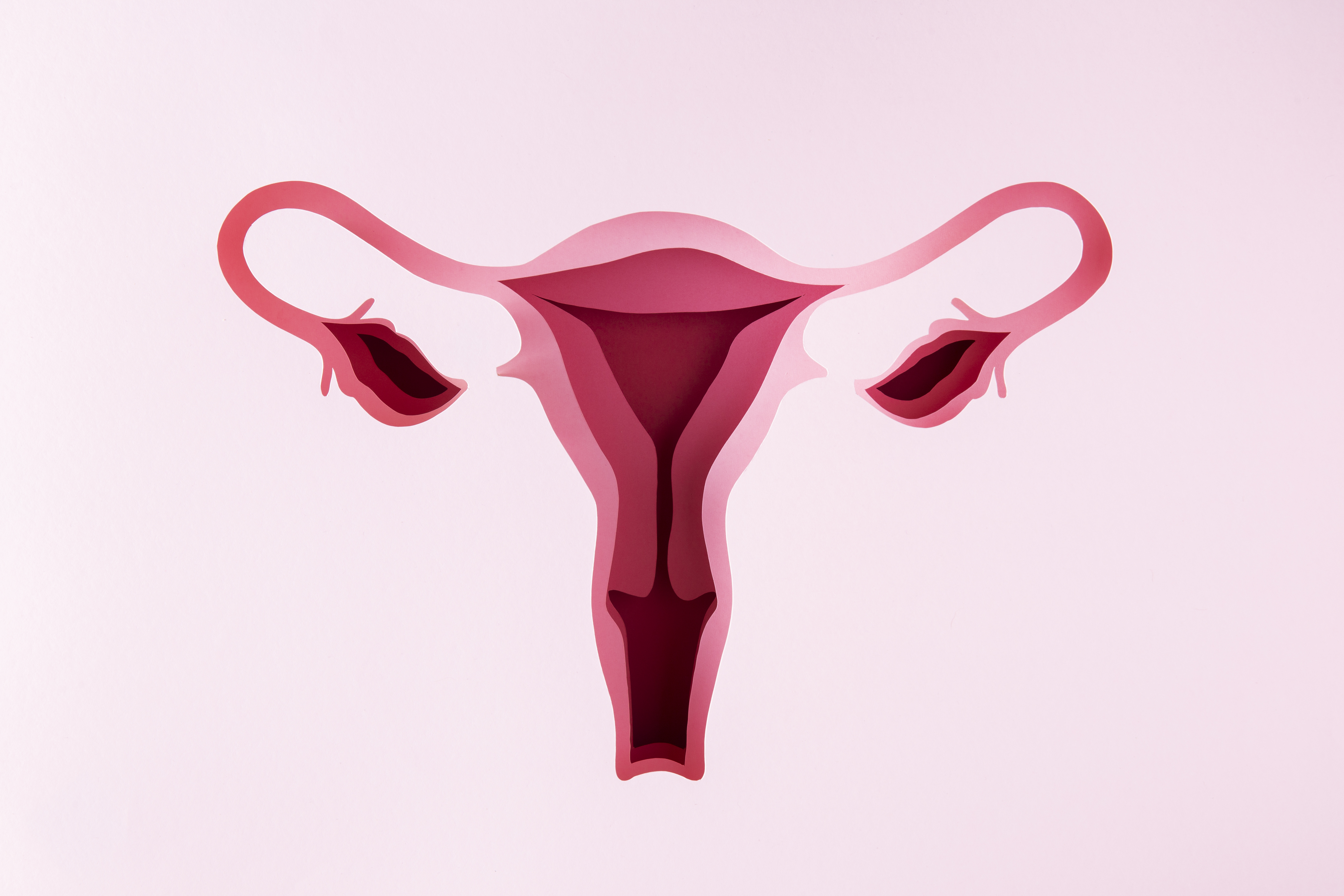Definition
Intrauterine fetal death (IUFD) refers to the medical condition of fetal death that occurs at or after 20 weeks of pregnancy, or during the second trimester. IUFD differs from a miscarriage, which is the death of the fetus before 20 weeks of pregnancy.
If you want to know the difference between IVF and miscarriage, you can read articles about miscarriage here: Miscarriage (Abortus) - Understanding, Cause, Symptoms, and Treatment.
According to the Centers for Disease Control and Prevention (CDC), IUFD occurs in about 1 in every 160 births each year.
There are three categories of IUFD, classified by the time of fetal death in the womb:
- Early IUFD: Occurs between 20 and 27 weeks of pregnancy
- Late IUFD: Occurs between 28 and 36 weeks of pregnancy
- Term IUFD: Occurs at or after 37 weeks of pregnancy
Causes
IUFD has many potential causes. It is important to understand that some IUFD cases may not have a clear cause, and determining a single definitive cause of IUFD can be challenging.
Many cases of IUFD are associated with abnormalities in the placenta. The placenta is the organ that connects the baby’s blood supply to the mother’s blood supply, nourishing the baby in the womb. If there is an issue with the placenta, the baby may be born with a normal appearance but is often smaller in size.
Other causes of IUFD include:
- Congenital defects (birth abnormalities in the fetus)
- Bleeding before or during labor
- Maternal infections that also affect the baby
- Genetic abnormalities in the fetus
- Problems with the umbilical cord, such as prolapse (when the cord descends into the birth canal before the baby is born) or wrapping around the baby’s neck
- Abruptio placentae (when the placenta detaches from the inner wall of the uterus before the baby is born), which may be indicated by bleeding or abdominal pain
- Underdeveloped or damaged placenta (placental dysfunction)
- Intrahepatic cholestasis of pregnancy, a liver disorder associated with intense itching during pregnancy
Unfortunately, many of the above problems cannot be entirely prevented. However, an obstetrician can monitor potentially dangerous conditions and take precautions to ensure a safe delivery.
Risk Factor
Several known risk factors can lead to complications that result in IUFD, including:
- Maternal age of 35 years or older
- Multiple pregnancies (twins or more)
- Obesity
- A history of IUFD or previous miscarriage
- Use of alcohol, drugs, or tobacco during pregnancy
- Certain medical conditions, such as epilepsy, diabetes, or high blood pressure
Although some IUFD cases cannot be prevented or explained, certain risk factors can be managed and monitored.
Symptoms
Several symptoms of IUFD may be experienced by the pregnant mother. Experts are still studying why IUFD occurs, but it is crucial for mothers to recognize the symptoms during pregnancy.
Common IUFD symptoms include:
- Abdominal cramps
- Fever
- Absence of fetal movement or kicks
- Abdominal pain
- General discomfort
- Vaginal bleeding
Many pregnant women initially notice that their fetus is not as active or not moving or kicking as usual. At 28 weeks of pregnancy, doctors may recommend counting the frequency of fetal movements. The frequency of fetal movement can vary depending on the gestational age.
Diagnosis
The only method to confirm an IUFD diagnosis is through an examination by an obstetrician. The doctor will inquire about the symptoms you are experiencing and conduct tests to assess signs of life in the fetus.
Diagnostic tests used to diagnose IUFD include:
- Biophysical profile: A combination of obstetric ultrasound (USG) and non-stress testing to monitor the fetus's vital signs
- Non-stress testing (non-invasive): A monitor that detects the fetal heart rate
- Obstetric ultrasound: A radiological examination used to detect signs of life and movement in the fetus
- Umbilical artery Doppler velocimetry: To assess blood flow in the umbilical cord
The doctor may also examine the mother and placenta and perform an autopsy with parental consent to determine the cause of fetal death. This examination aims to identify the cause of IUFD and potentially prevent a recurrence in future pregnancies.
Management
Once IUFD is diagnosed, the doctor will inform the parents and discuss options for ending the pregnancy and inducing labor. In these cases, parents have several options to consider.
Parents may choose to take time to process the loss and undergo induction the next day. The mother may also delay delivering the baby if there is a healthy twin that can be safely delivered later.
Treatment options for IUFD include:
- Cervical dilatation (widening the cervix) to evacuate the fetus (dilation and evacuation procedure)
- Inserting a catheter to trigger uterine contractions (Foley bulb induction) to induce labor
- Taking medication to induce labor and deliver naturally
The mother can choose the treatment method she prefers to deliver the fetus.
The doctor will inform the mother about the potential risks associated with each treatment option, including infection, uterine damage, and heavy bleeding.
Complications
There are numerous complications that can arise if the dead fetus is not removed from the womb. The mother may experience blood clots, infection, pain, fever, vomiting, diarrhea, and heavy bleeding if the fetus remains in the body.
Prevention
Not all IUFD cases can be prevented, but there are several things a mother can do to reduce the risk, such as:
- Quitting smoking
- Avoiding alcohol and drugs during pregnancy, which can increase the risk of miscarriage and IUFD and have serious effects on fetal development
- Attending prenatal checkups according to the schedule set by the doctor to monitor fetal growth and well-being
- Ensuring a healthy weight before attempting to conceive
- Protecting against infections and avoiding certain foods: pregnant women should not consume certain types of fish or cheese and should ensure all meat and poultry products are thoroughly cooked
- Reporting any abdominal pain or vaginal bleeding to the doctor immediately
- Monitoring fetal movements and reporting any concerns directly to the doctor
- Reporting any vaginal itching
- After 28 weeks of pregnancy, sleeping on one side rather than on the back
- Taking folic acid before pregnancy and getting a flu vaccine during pregnancy
- Limiting caffeine intake during pregnancy
When to See a Doctor?
If you have risk factors for IUFD, it is important to have regular prenatal checkups with your doctor to monitor your baby's development. If you start experiencing any abnormalities or one of the IUFD symptoms mentioned, such as reduced fetal movement compared to usual, contact your doctor immediately to receive an early and accurate diagnosis and ensure the safety of both mother and fetus. Do not wait until the next day to have your pregnancy checked.
Looking for more information about other diseases? Click here!
- dr. Alvidiani Agustina Damanik
Intrauterine fetal demise - causes, risk factors, symptoms, Cerebral Palsy Guide. Available at: https://www.cerebralpalsyguide.com/birth-injury/intrauterine-fetal-demise/ (Accessed: October 21, 2022).
(2021) NHS choices. NHS. Available at: https://www.nhs.uk/conditions/stillbirth/causes/ (Accessed: October 21, 2022).
Management of stillbirth (2021) ACOG. Available at: https://www.acog.org/clinical/clinical-guidance/obstetric-care-consensus/articles/2020/03/management-of-stillbirth (Accessed: October 21, 2022).











